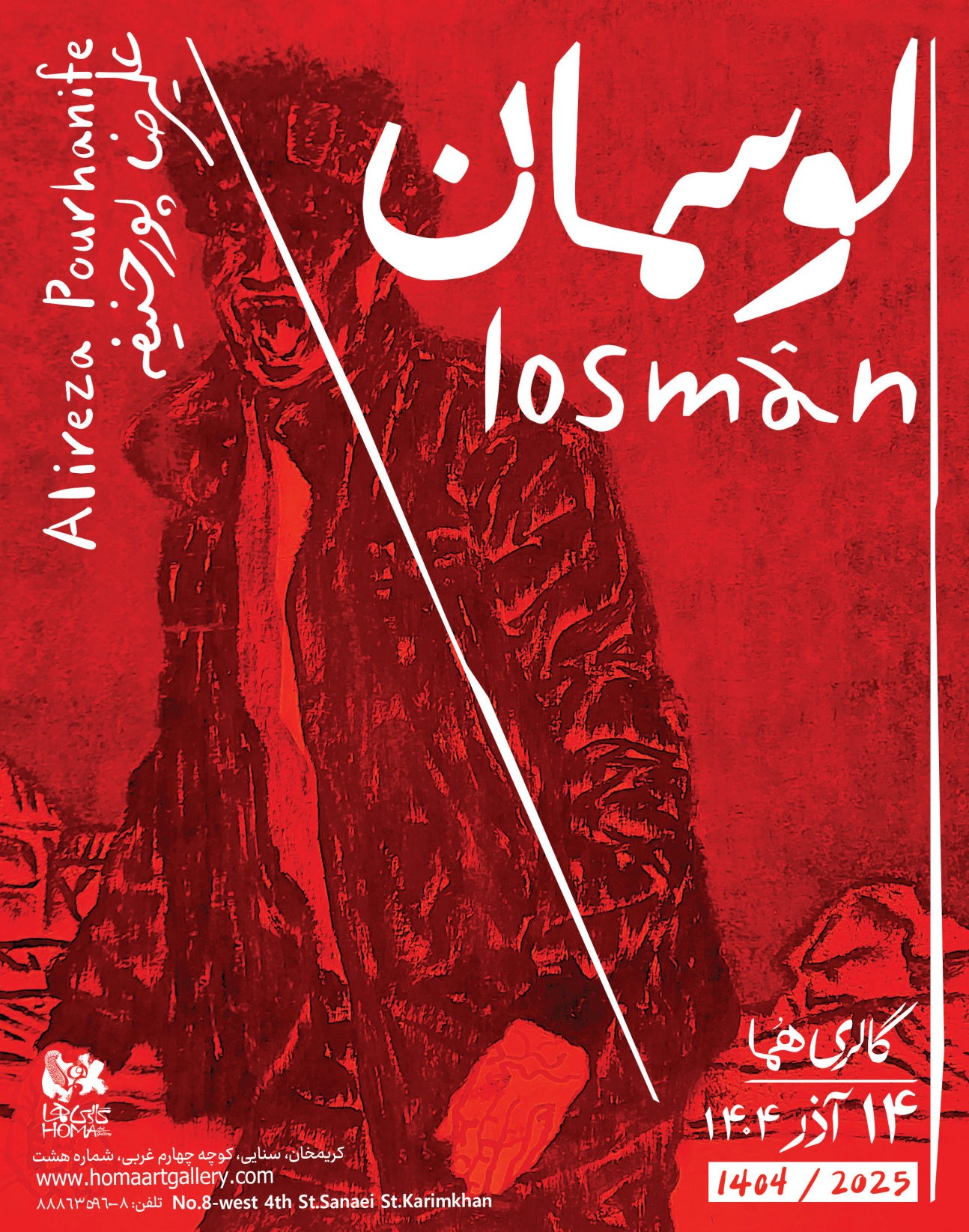Tehran,
No. 5, 13th St., Sanaei St., Karimkhan St., Tehran
6 December 2024 - 24 December 2024
A Reading on Modern and Contemporary Still Life
The Rhetoric of Objects
The genre of still life painting belongs to the Western academic tradition, where the depiction of inanimate objects
evolved from illustrating still life to representing figures and modern forms over the past century. These influences
entered Iranian art and were thoroughly explored. Despite this, after experiencing the ups and downs of modernism
and fundamentalism, Iranian artists found persistent expression, particularly in the genre of still life.
Undoubtedly, the symbolic coexistence of objects such as flowers, vases, goblets, mirrors, and similar items—which hold
significant references in Persian literature—coupled with a culturally ingrained aversion to depicting the human body,
directed Iranians toward still life. However, the world of inanimate objects gained further popularity after the revolution
for several social reasons, leading to the creation of remarkable works across three generations.
The first generation, influenced by the ethereal temperament of Iranian intellectuals at the end of the 20th century,
began self-criticism in the mid-1980s. In line with traditional practices, they turned to isolation in response to emerging
authorities and sought their personal lifestyles in private homes and underground circles, where the world of objects
became an expression of their individuality.
Second, from the mid-1990s, with the revival of development aspirations and the emergence of friction between
the state and society, art became a means of survival for a progressive minority. During this period, the interest of
collectors, artists, and newly established galleries in still life persisted, enabling a new generation of cultural activity to
flourish in a small but public space.
Finally, with the technological revolution, a contemporary generation of Iranian artists emerged, gaining unique insights
and experiences through virtual networks. This generation redefined and broke the boundaries of the genre, creating
art with more global characteristics and embracing greater social diversity.
Ultimately, still life in Iran transcended its boundaries as a genre over several decades, becoming a legacy of human
resistance against ideology. With the contemporary generation, it has further surpassed its definitions—an evolution
that may become even more distinct in the future.
The Rhetoric of Objects
The genre of still life painting belongs to the Western academic tradition, where the depiction of inanimate objects
evolved from illustrating still life to representing figures and modern forms over the past century. These influences
entered Iranian art and were thoroughly explored. Despite this, after experiencing the ups and downs of modernism
and fundamentalism, Iranian artists found persistent expression, particularly in the genre of still life.
Undoubtedly, the symbolic coexistence of objects such as flowers, vases, goblets, mirrors, and similar items—which hold
significant references in Persian literature—coupled with a culturally ingrained aversion to depicting the human body,
directed Iranians toward still life. However, the world of inanimate objects gained further popularity after the revolution
for several social reasons, leading to the creation of remarkable works across three generations.
The first generation, influenced by the ethereal temperament of Iranian intellectuals at the end of the 20th century,
began self-criticism in the mid-1980s. In line with traditional practices, they turned to isolation in response to emerging
authorities and sought their personal lifestyles in private homes and underground circles, where the world of objects
became an expression of their individuality.
Second, from the mid-1990s, with the revival of development aspirations and the emergence of friction between
the state and society, art became a means of survival for a progressive minority. During this period, the interest of
collectors, artists, and newly established galleries in still life persisted, enabling a new generation of cultural activity to
flourish in a small but public space.
Finally, with the technological revolution, a contemporary generation of Iranian artists emerged, gaining unique insights
and experiences through virtual networks. This generation redefined and broke the boundaries of the genre, creating
art with more global characteristics and embracing greater social diversity.
Ultimately, still life in Iran transcended its boundaries as a genre over several decades, becoming a legacy of human
resistance against ideology. With the contemporary generation, it has further surpassed its definitions—an evolution
that may become even more distinct in the future.
Masoud Aslani



